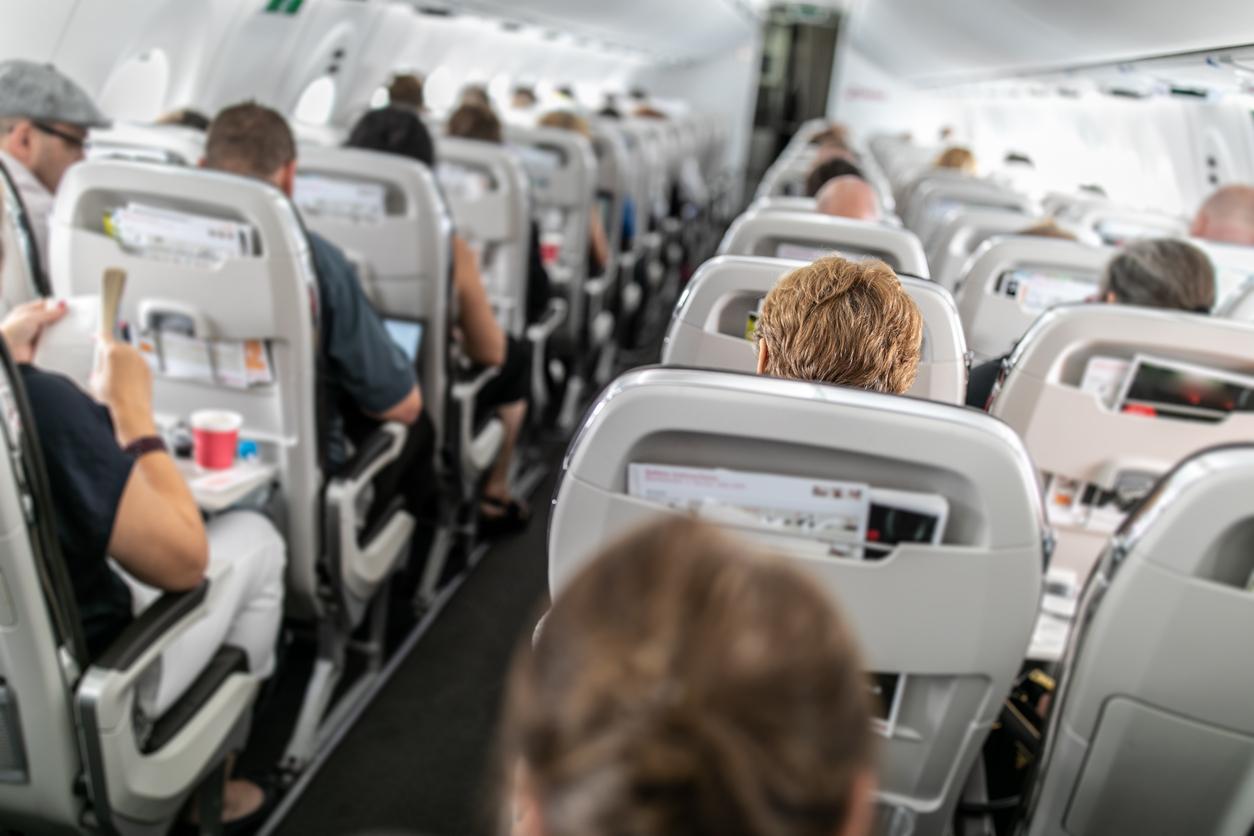When a person flies, especially on long-haul flights, a lot is going on in their body and they may experience a variety of symptoms. Explanations.

- When a person takes a long-haul flight, there is the fatigue of the trip but also that of the jet lag that the body has to manage.
- Some people may also experience symptoms related to motion sickness, which is more common on airplanes than in cars.
- One in three people experience motion sickness at least once in their life.
With direct flights, it takes more than 18 hours to get from New York to Singapore or more than 17 hours to connect Perth, Australia, from London. These are the longest direct long-haul flights in the world. But does this long duration in flight have any consequences on our body? What exactly happens in our body when we spend so much time in the sky?
Mild symptoms…
In general, on such long flights, it is possible to have a dry throat, skin and nose. The reason is that the humidity levels in the cabin are low, compared to those present in the air that we usually breathe on land. It is therefore necessary to drink regularly before and throughout the duration of the flight.
Since there is less oxygen in an airplane cabin than on land, the body can also be slowed down and you may feel drowsy. In this case, do not hesitate to sleep, it will make the trip go faster!
Another sign often felt by travelers: blocked ears. It’s normal ! The reason is because the cabin pressure changes as the plane climbs or descends. Thus, some passengers have earaches, headaches and also feel bloating which can lead to flatulence. But rest assured, most mild symptoms experienced during a flight do not persist once on land.
…And more dangerous symptoms like blood clots
It is quite difficult to walk or move in an airplane. Immobility for a long time at altitude can lead to blood clots. Thus, there is a risk of deep vein thrombosis in the legs or pulmonary embolism, that is to say an obstruction of an artery of the lungs, most often by a blood clot, according to health insurance.
While these risks are very low for most people, some people are more at risk: those who are elderly, obese, with a family history, bleeding disorders, cancer, pregnant women, etc. According to a study, after 4 hours of flight, there would be a 26% additional risk for every two hours that a blood clot will form. To prevent this risk, some people wear compression stockings, which promote blood circulation.
Whatever your fear before taking a long-haul flight, it is always best to speak to your general practitioner as a precaution. And if you feel the slightest discomfort in the days following landing, you should also consult because the clots take several days to form.
















